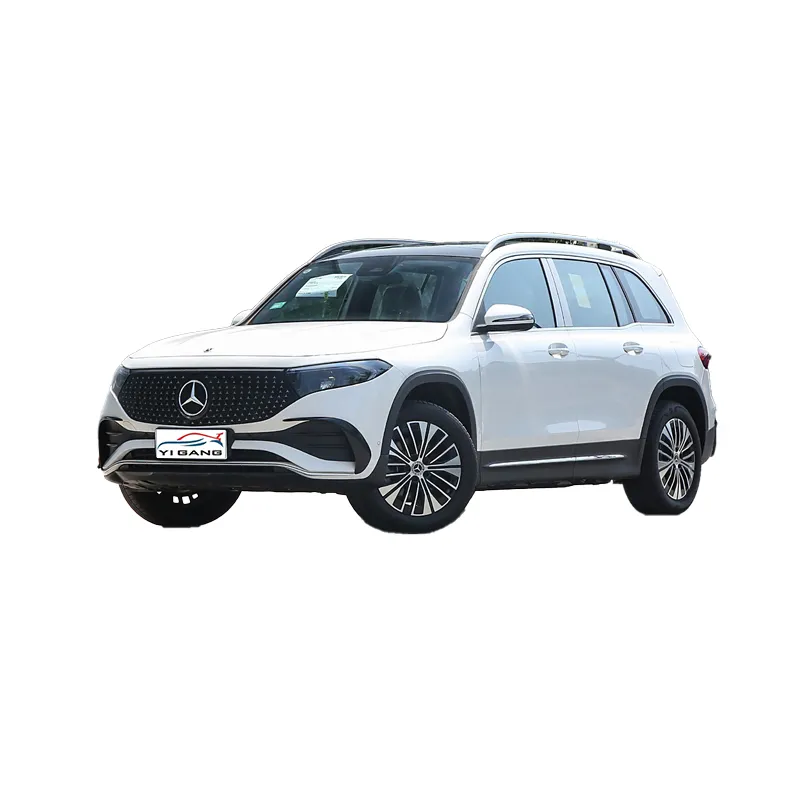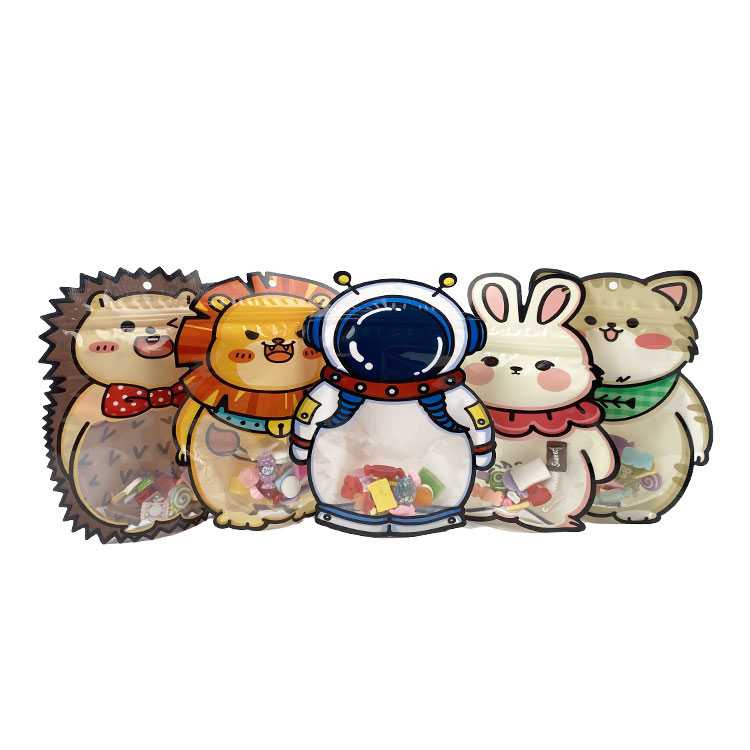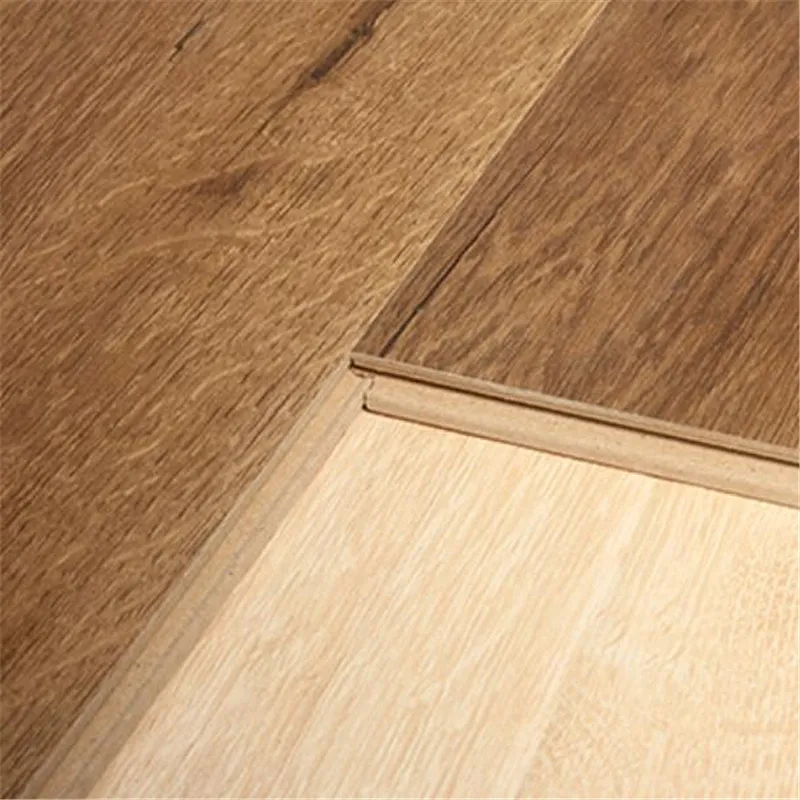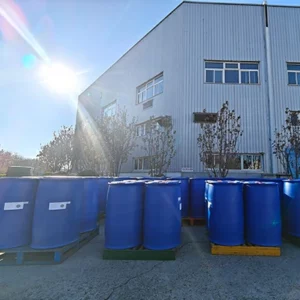What is a wire mesh?
Wire Mesh Basics
Wire mesh is made by weaving or welding metal wires into a grid. The mesh can come in rolls or sheets. It can be made from steel, stainless steel, or iron wires. Mesh sizes vary based on the spacing between wires. Wire mesh provides strength, airflow, and visibility.
Manufacturing Methods
Wire mesh is made using two main methods: weaving and welding. Welded mesh is made by joining wires together at every crossing point. Woven mesh is made by weaving wires over and under each other. Welded mesh is rigid and strong. Woven mesh is flexible and often used for fine filters.
Types of Wire Mesh
There are many types of wire mesh. Each has its own use and strength.
Common Types of Wire Mesh
| Mesh Type | Material | Key Feature |
|---|---|---|
| Welded Wire Mesh | Carbon Steel | Strong and rigid |
| Stainless Steel Mesh | Stainless Steel | Rust resistant |
| Galvanized Mesh | Zinc Coated Steel | Corrosion resistant |
| Plastic Coated Mesh Wire | PVC + Metal Wire | Weather resistant |
| Woven Wire Mesh | Steel or Brass | Flexible and precise |
Plastic Coated Mesh Wire
Plastic coated mesh wire is made by coating steel or iron mesh with plastic. This plastic layer protects the mesh from rust, water, and UV rays. It also makes the mesh look better. It comes in many colors like green, black, and white. This mesh is used in gardens, fences, and animal enclosures.

Common Applications
Wire mesh is used in many places. It works in construction, farming, fencing, and more. It supports concrete in buildings. It forms cages, shelves, and safety panels. It can also protect gardens and trees.
Table 2: Wire Mesh Applications
| Application | Mesh Type |
| Garden Fence | Plastic Coated Mesh Wire |
| Concrete Support | Welded Wire Mesh |
| Animal Cages | Galvanized Wire Mesh |
| Machine Guards | Stainless Steel Mesh |
| Food Filters | Woven Wire Mesh |
Benefits of Wire Mesh
Wire mesh has many benefits. It is strong yet lightweight. It allows air and light to pass. It resists rust if coated. It is easy to install. It has a long life when maintained. Plastic coated mesh wire adds extra protection and color.
Choosing the Right Wire Mesh
Choosing the right mesh depends on your needs. Use stainless steel mesh for food or chemicals. Use plastic coated mesh wire for outdoor fences. Choose welded mesh for concrete work. Pick woven mesh for fine filtering.
Table 3: Mesh Selection Guide
| Usage | Best Mesh Type |
| Outdoor Fence | Plastic Coated Mesh Wire |
| Industrial Use | Galvanized Wire Mesh |
| Fine Filtering | Woven Wire Mesh |
| Concrete Slabs | Welded Wire Mesh |
| Chemical Industry | Stainless Steel Mesh |
Conclusion
Wire mesh is a vital product in many fields. It comes in different types and materials. Each type serves a different use. Welded and woven mesh offer strength and flexibility. Plastic coated mesh wire adds color and weather protection. Understanding these options helps choose the best mesh for your project.











